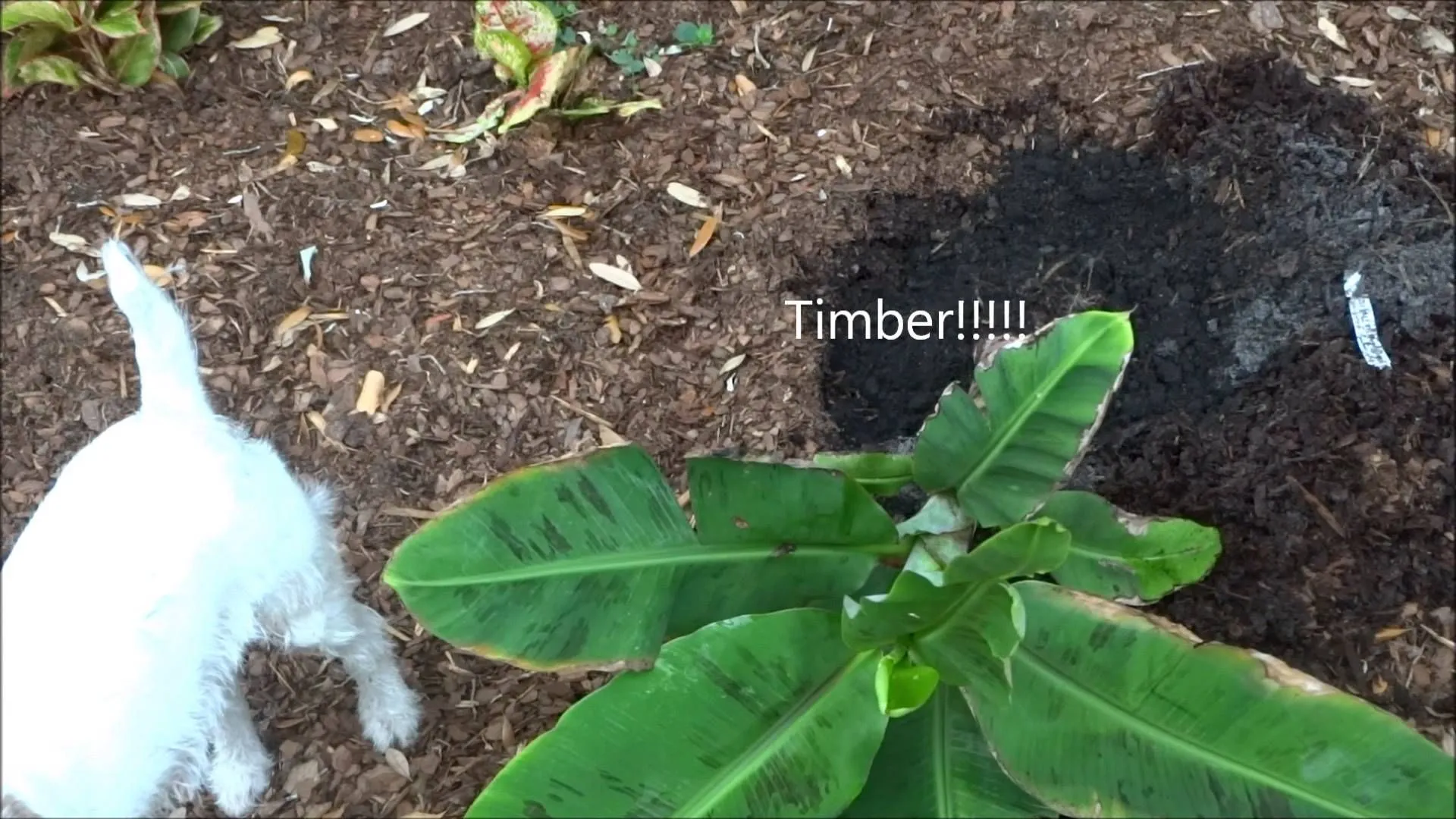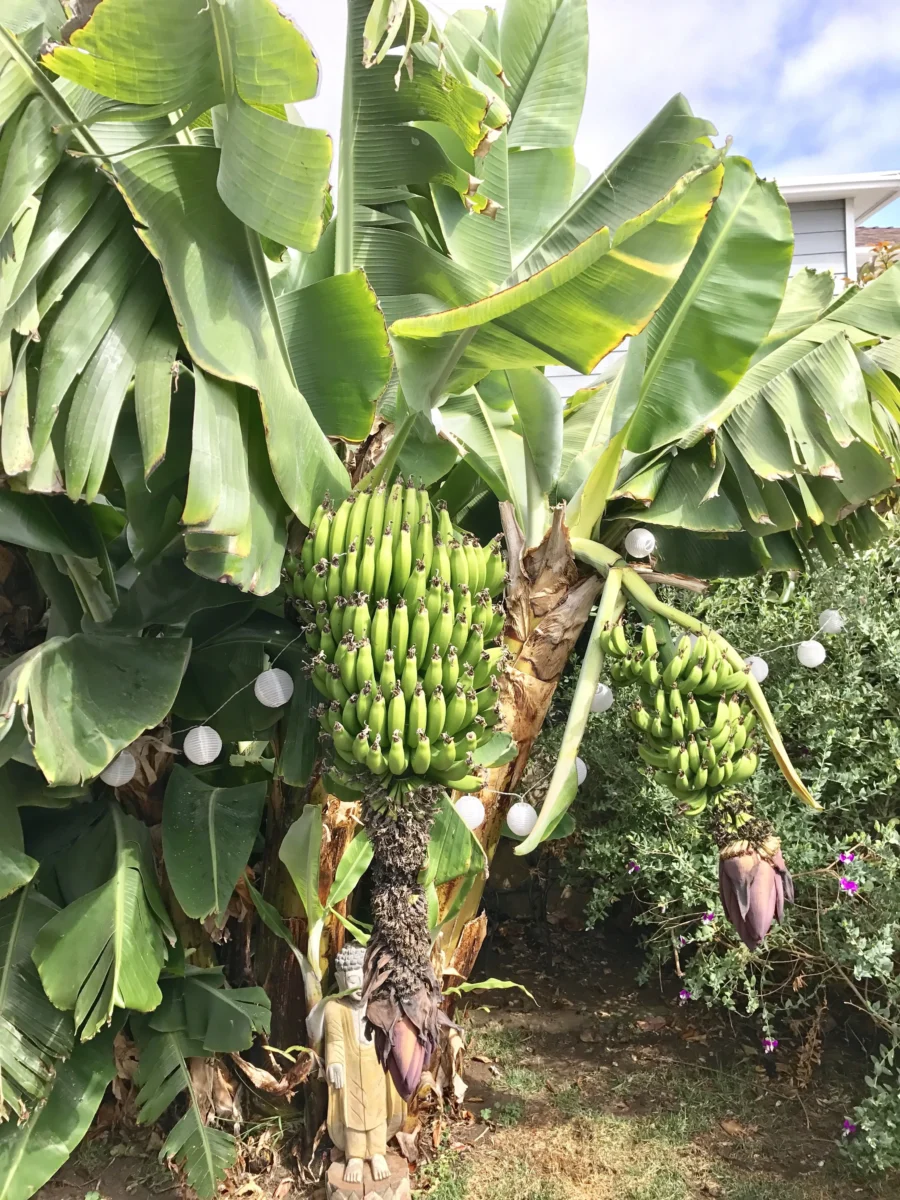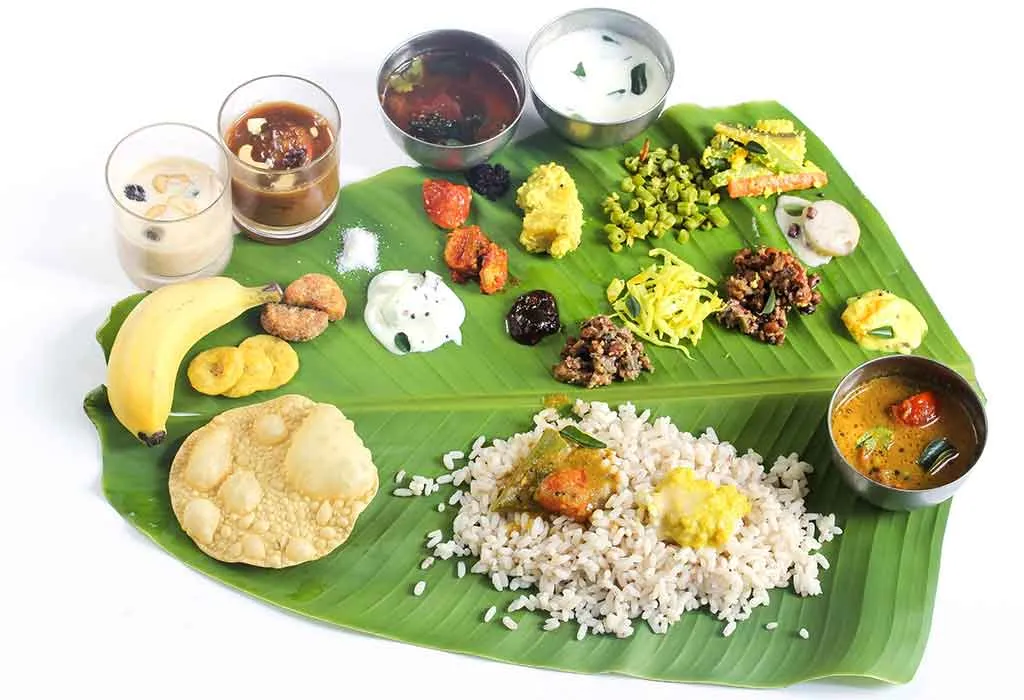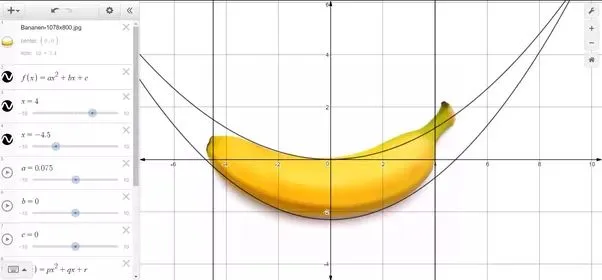To Remove or Not to Remove Banana Pups: Everything You Need to Know
Are you a banana lover or wondering about the curious phenomenon of “banana pups”? If so, this article is for you. We’ll take a deep dive into the world of banana plants and explore what banana pups are, why you might consider removing them, and the pros and cons of doing so. Additionally, we’ll also provide advice on the best time to remove banana pups and share some effective tips for doing so. So buckle up, grab a banana, and keep reading to learn all about this fascinating topic!
What are banana pups?
Banana pups are the offshoots that grow from the base of a mature banana plant. These tiny budding plants may appear insignificant at first glance, but they have great potential to propagate and create new banana plants.
Banana pups are essentially clones of the parent plant, which means they will produce fruit identical in size and flavor. This makes them an ideal way for farmers to quickly expand their crop without relying on seeds or cuttings.

However, not all banana pups are created equal. In fact, there are different varieties of bananas that produce different types of pups. Some varieties produce large clusters of small pups while others produce only a few larger ones.
Interestingly enough, banana pups can also be used for medicinal purposes. The leaves of young banana plants have been used for centuries as natural remedies for various ailments such as burns and wounds. Additionally, some studies suggest that extracts from bananas may have anti-inflammatory properties that could potentially help with conditions like arthritis.
In short, banana pups play an important role in the growth and propagation of one of the world’s most beloved fruits. Whether you’re a farmer looking to expand your crop or simply a curious individual interested in learning more about bananas, understanding these little buds is essential knowledge for any true banana enthusiast.
Why would someone consider removing banana pups?
Banana pups, or offshoots, are the small plants that grow from the base of a mature banana plant. While these pups may seem harmless and even cute at first glance, they can actually have a significant impact on the overall health and productivity of the banana plant.
One reason someone might consider removing banana pups is to maintain the quality of their harvest. When left unchecked, these offshoots can compete with the main plant for nutrients and resources, ultimately resulting in smaller or less flavorful bananas.
In addition to affecting fruit production, allowing banana pups to remain attached to the mother plant can also increase the risk of disease and pest infestations. This is because these offshoots provide an ideal environment for harmful organisms to thrive and spread throughout the entire crop.
For those looking to maximize their crop yield while also ensuring optimal health and quality, removing banana pups is a necessary step in proper cultivation practices. By carefully assessing each pup’s growth stage and timing removal accordingly, growers can ensure that their bananas will not only taste great but also be free from any potential pathogens or pests.
Ultimately, whether you’re a seasoned farmer or just starting out with your own backyard garden, understanding when and why to remove banana pups is key to achieving success with this beloved tropical fruit. So don’t hesitate – get out there today and start tending your own fruitful harvest!
Pros and cons of removing banana pups.
Banana pups, also known as “suckers”, are the small offshoots that grow at the base of a banana plant. While some people choose to remove these pups in order to promote the growth of larger fruit, there are both pros and cons to this practice.
On the one hand, removing banana pups can be beneficial for increasing the yield and quality of bananas. By focusing all of the plant’s energy on a single stalk, growers can produce larger bunches with fewer but more robust fruits. This can lead to higher profits and better marketability for commercial growers.

However, there are also downsides to removing banana pups. For one thing, it can be time-consuming and labor-intensive work that requires careful attention and skillful technique in order not to damage the parent plant or surrounding soil. Additionally, removing too many suckers at once can leave a banana plant vulnerable to disease or pests.
Furthermore, some argue that leaving banana pups intact is actually better for overall sustainability and biodiversity in agriculture. By allowing multiple shoots to grow from a single parent plant, farmers can create more genetic diversity within their crops which may help them adapt better over time.
Ultimately whether or not you choose to remove your own banana pups will depend on your specific needs and goals as a grower or consumer. It’s important to weigh both sides carefully before making any decisions so as not compromise on productivity or harm natural ecosystems along way!
The best time to remove banana pups is.
Banana plants are a fascinating species of tropical fruit that requires careful attention and maintenance. For those looking to cultivate their own banana trees, understanding the best time to remove banana pups is crucial for ensuring a healthy and productive plant.
The optimal time for removing banana pups is when they have reached around 20% the size of the mother plant. This typically occurs around six months after planting, although it can vary based on factors such as climate and soil conditions.
It’s important to note that while removing pups can help improve overall growth and productivity, it should be done with caution. Removing too many pups at once or at an inappropriate time can damage the mother plant and hinder future growth.

To properly remove a pup, gently dig around its base with a shovel or spade until it becomes loose enough to pull away from the mother plant. Be sure to keep some of the roots intact in order for it to establish itself as a new individual plant.
By staying informed on the best practices for cultivating bananas, individuals can enjoy bountiful harvests that provide both nourishment and beauty in their gardens.
Tips for effectively removing banana pups.
Removing banana pups may seem like a daunting task, but with the right knowledge and techniques, it can be a breeze. First and foremost, it is important to understand what a pup is – simply put, it’s an offshoot or baby plant that grows from the base of the mother plant.
To effectively remove these pups, one must have a sharp and sterile tool such as pruning shears or a sharp knife. It’s essential to make clean cuts as opposed to tearing the pup away from its mother plant. This will minimize damage to both plants and reduce the likelihood of infection.
One technique for removing pups involves digging around the base of the mother plant with a shovel or trowel until you can see where the pup connects to its parent plant. Then use your tool to cut through this connection point at an angle that follows the natural curve of both plants.
Another method involves waiting until the pup has grown several inches tall before removing it. This allows for easier identification of where to make your cut since there will be more space between plants.
It’s also important not to remove too many pups at once as this can stress out both plants and inhibit growth. Instead, aim for removing one or two at a time every few months.
By following these tips and techniques, anyone can successfully remove banana pups while keeping their plants healthy and thriving.
Check out our other articles to find out even more about banana.
Banana pups can be a great addition to your garden, but it’s important to know how to manage them and when the best time for removal is. As this article has hopefully clarified, removing banana pups requires a thoughtful approach in order for you to get the desired results. If you want more information about bananas or other related topics, be sure to check out our other articles!

















